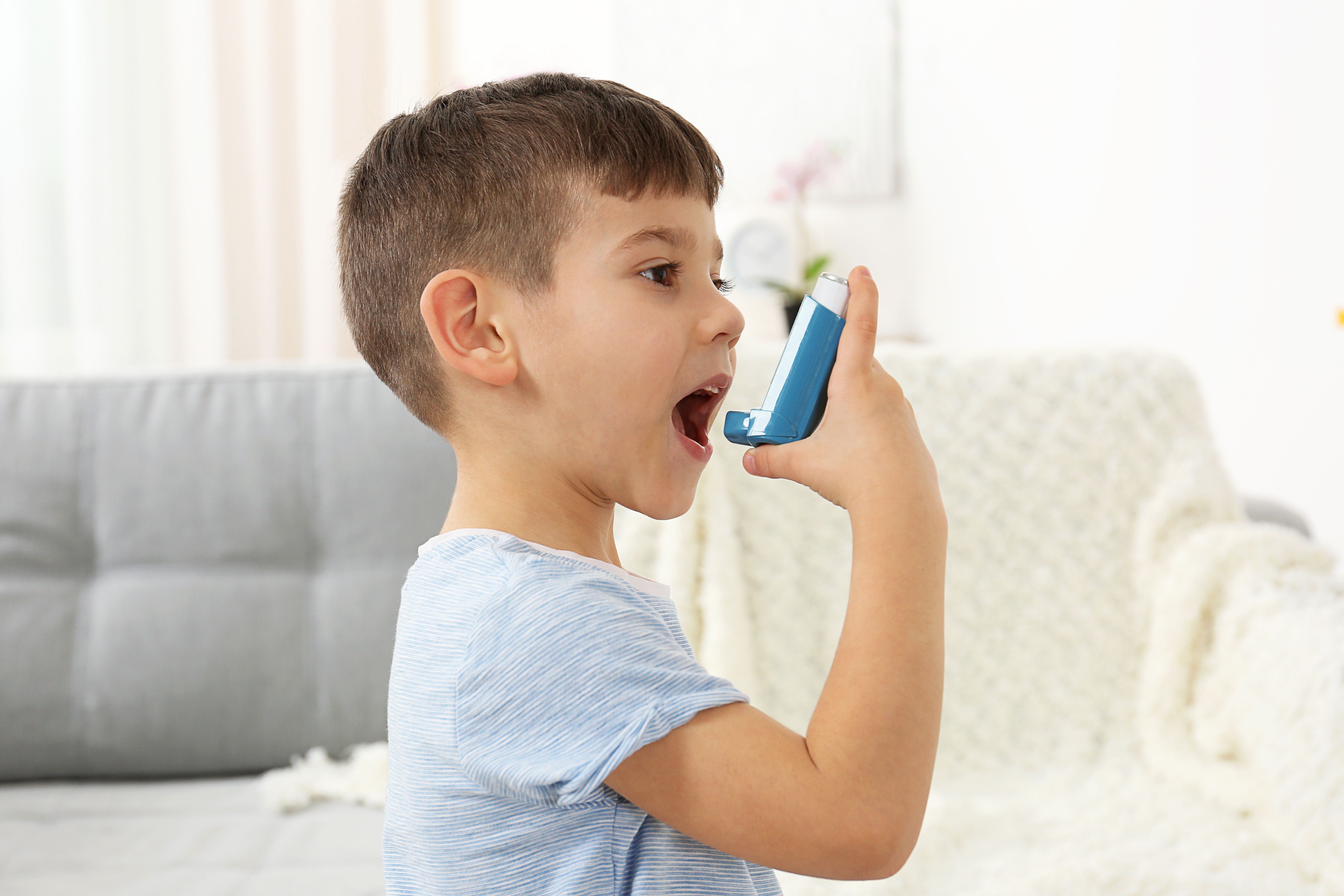
Environmental and Social Conditions May Help Predict Severity of Asthma in Children
With these findings contributing to the understanding of neighborhood-level asthma risks, the authors note next steps can involve identifying and addressing disparities.
Both neighborhood environmental and social conditions may help predict the risk of severe asthma among children at the hyperlocal level, a recent study says. This finding is consistent with prior research that suggests interactions with various social, environmental, and other external factors in addition to biological predisposition.1
Image credit: Africa Studio | stock.adobe.com

Asthma, according to the study authors, is one of the most common chronic health conditions in childhood and affects approximately 1 in 6 children. Additionally, there is a rather wide spectrum of the disease’s severity, with some children only experiencing intermittent attacks (eg, during physical activity or because of an allergic outbreak) whereas others have more persistent asthma and experience frequent symptoms.1
“The neighborhoods right around our hospital definitely are disproportionately impacted by these social determinants. We see many children with more severe asthma coming from those neighborhoods. Children are not impacted equally across our city, and so it’s important to figure out what is driving that,” said Emily Skeen, MD, pediatric pulmonologist with Children’s Hospital Colorado and fellow at University of Colorado School of Medicine, in a press release.1
For this study, data were gathered from a total of 193 pediatric patients with asthma aged 8 through 17 years across 2 prospective, observational cohorts. Children were classified as either exacerbation-prone (EP) with 1 or more exacerbations within the past 12 months (n = 142), or exacerbation-null with no exacerbations in the past 5 years (n = 51). The enrolled children were from urban areas and were recruited from different asthma clinics across 3 locations.1,2
Additionally, spirometry, exhaled nitric oxide, allergen-specific immunoglobulin E (IgE), and Composite Asthma Severity Index (CASI) were obtained, as well as the association between Child Opportunity Index 2.0 (COI) and EP status which was assessed with logistic regression. The COI includes 29 different indicators of the healthy development of children, such as schooling, safe housing, and access to healthy food, parks, clean air, and economic opportunities, which are organized under 3 categories: education, health and environment, and social and economic.1,2
“…the particular group we studied in this paper is children with EP asthma—prone to asthma attacks, as they’re called—who have severe difficulty breathing, require a lot of medication, oftentimes steroids, and sometimes need emergency room care or hospitalization to breathe better. This small group of children disproportionately accounts for the biggest burden of asthma in terms of symptoms, missed school days, and costs to the health care system,” said Skeen in the press release. “Our study looks at how these factors go together, and how that interplay affects asthma.”1
The study findings demonstrated that lower COI was associated with greater odds of EP asthma. A 20-point decrease showed approximately 40% higher odds of EP asthma (OR 1.4; 95% CI 1.1–1.76), and the decrease was also associated with an increase in CASI of 0.34. COI was not associated with any other clinical measures.2
Although this effect was similar after adjusting for age and sex (OR 1.38, 95%CI 1.1–1.75), the finding was reduced when additional adjustments were made for race and ethnicity (OR 1.19, 95%CI 0.92–1.54). Social/Economic and Education COI domains showed similar effects; however, the Health/Environment domain did not.2
Additionally, the investigators had observed that the COI’s education as well as social and economic indicators were more predictive of a higher likelihood of EP asthma than the COI’s health and environmental measurements, such as air pollution. They speculate that this may be explained by the limited variation in ozone and particulate matter levels between the neighborhoods that were included in the study.1
According to the authors, the findings demonstrate the potential use of COI to better understand neighborhood-level risk as well as identify community targets to better reduce asthma disparities. “The next step is saying, what specific actions can we do to make the most difference?” said Skeen in the press release.1
References
1. University of Colorado—Anschutz Medical Campus. Mapping a way to identify neighborhoods with a high risk of severe child asthma. News release. April 30, 2024. Accessed May 3, 2024. https://www.eurekalert.org/news-releases/1043120
2. Skeen, EH, Moore, CM, Federico, MJ, Seibold, MA, Liu AH, Hamlington, KL. The Child Opportunity Index 2.0 and exacerbation-prone asthma in a cohort of urban children. Pediatr Pulmonol. 2024; 1-11. doi:10.1002/ppul.26998
2 Commerce Drive
Cranbury, NJ 08512
All rights reserved.